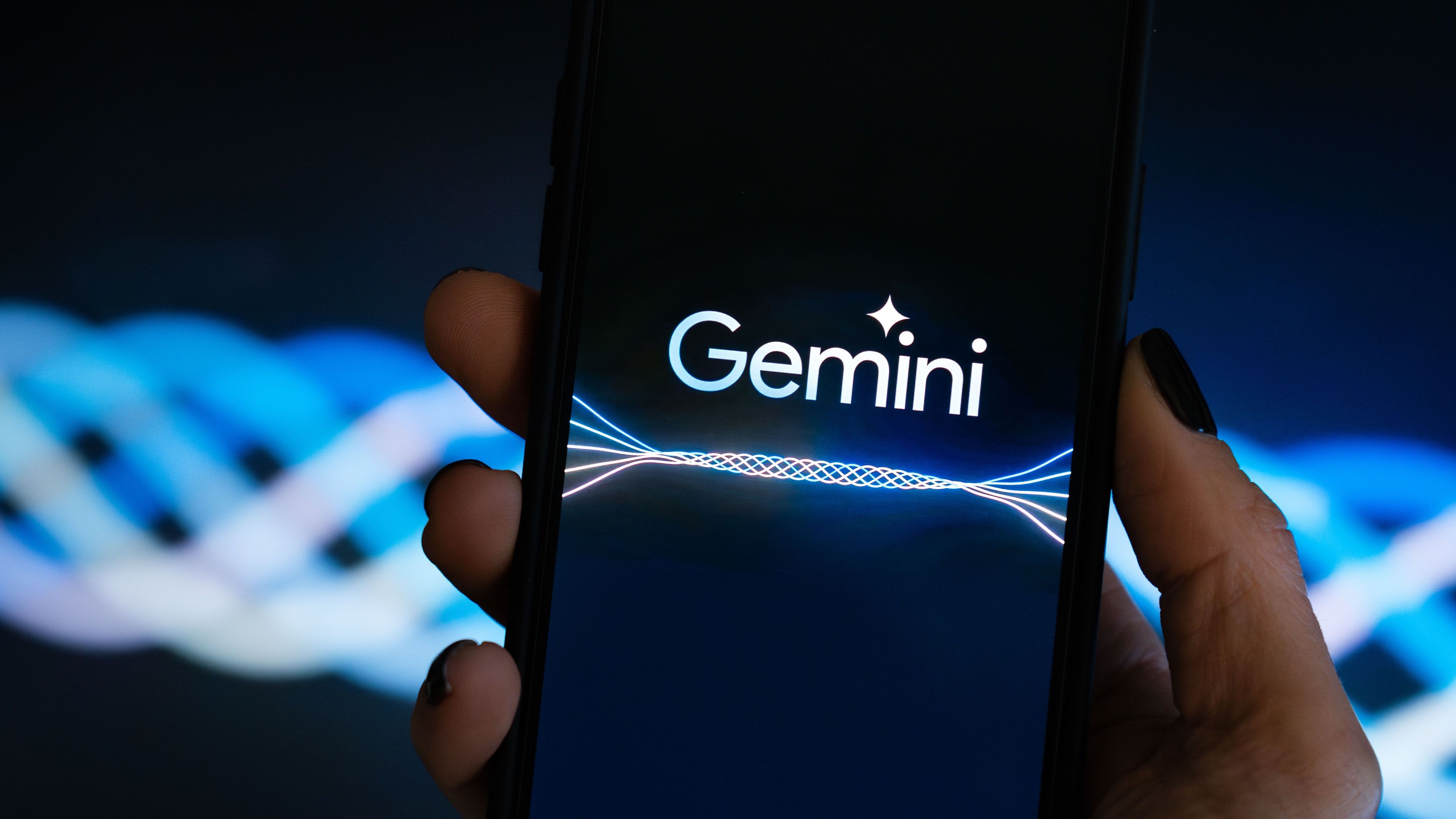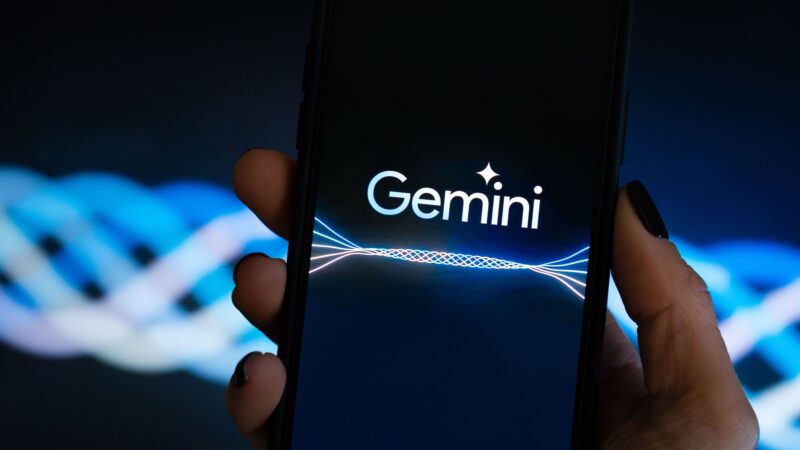
Imagine reading a long report, news article or PDF on your phone and tapping one button to get a crisp summary. That’s exactly what the new Gemini summarisation shortcut for Android phones promises. Google has begun rolling out a dedicated shortcut in Android which invokes Gemini’s AI to summarise web articles, pages and more, and this update matters for mobile users in Nigeria who consume content on the go, use data sparingly, and value productivity.
Below we look at what this feature is, how to use it, why it’s important for Android users in Nigeria, and what limitations you should know before you try it.
What the Gemini Summarisation Shortcut Is
The new feature offers a dedicated Gemini shortcut on Android phones. In practice: while you’re browsing in Chrome (or certain supported menus), you’ll find a “Summarise page” chip/button. Tap it and Gemini will instantly generate a concise summary of the article or webpage you’re viewing; no copy-pasting, no switching apps.
This summarisation tool is powered by Gemini’s AI models (including the Gemini 2.5 Flash model) and is available in standard Chrome sessions, Chrome Custom Tabs, Discover feed, Google News and search results.
For Android users it essentially turns your phone into a reading assistant: one tap, immediate summary, and the option to expand or ask follow-up questions. This is the new mobile AI summary Android experience.
Why This Feature Is Significant
In Nigeria, many of us rely on mobile phones for everything: reading news, browsing blogs, studying PDFs, scanning long-form content. But mobile data is often limited, network speeds can be inconsistent, and multitasking is the norm. An AI summarisation tool on Android addresses these pain-points directly.
Previously, if you wanted a summary of an article you would cut, paste, paste again into a different app or manually skim. With the Gemini Android feature, the process is smoother: less data usage, fewer taps, and less time wasted. That aligns beautifully with the needs of busy Nigerians.
It also highlights how AI tools for Android are evolving. Instead of being helper apps you open manually, AI features like Gemini are becoming baked into the phone’s browsing and reading experience, thanks to features like this summarisation shortcut.
How to Use the Gemini Summarisation Shortcut
If your Android phone supports it, here’s how to proceed:
-
Ensure your phone is updated to the latest software version and you have the Gemini app or integrated assistant version.
-
Open Chrome (or a supported browser/tab) and navigate to a webpage you want summarised.
-
Tap the “Summarise page” button, typically found inside the Gemini overlay menu (or by holding the side/power button and selecting Gemini in some devices).
-
Watch as Gemini generates a concise summary. You can read it immediately or ask follow-up questions like “Show key take-aways” or “Explain this part further”.
-
To enable the shortcut manually: go to Settings → Google → Gemini (or Settings → Assistant & General → Gemini) and check that the shortcut is turned on. On some phones you might customise the long-press power button, or add Gemini to the lock screen for instant access.
Tips: For the best results use clear webpages (not heavily pay-walled), ensure good connectivity and enable any necessary permissions for Gemini to function. The summarisation tool is now one of the most practical mobile AI summary Android features.
Supported Devices & What to Watch Out For
While Google says many Android phones will receive this Gemini summarisation shortcut, it depends on a few factors: device manufacturer, Android version, region and whether the Gemini overlay is supported. Some devices may get it first, while others wait for later updates.
Limitations you should know:
-
Pay-walled content or articles behind heavy encryption might not be summarised effectively.
-
If the device is offline or has poor internet, the summarisation may be slower or fail.
-
The summary is AI-generated, it’s concise but may omit some details. Always review full content if accuracy is critical.
-
Sometimes the shortcut might not appear yet; check manufacturer forums or update notifications.
In Nigeria especially, older or budget phones may take longer to receive this feature, so it’s worth checking your model’s update roadmap.
Why This Matters for Nigeria
For Nigerian users, this Android summarisation tool brings practical and relevant benefits:
-
Data efficiency: Reading a summary means less data usage compared with loading full pages or manually skimming.
-
Time savings: Busy professionals or students who move between work, school and side-hustles will appreciate how quickly they can get the gist of a long article.
-
Learning aid: Summaries help when studying research, reports or academic content — especially on mobile.
-
Accessibility: Users with slower connections or limited time will find this one-tap summarisation useful.
-
Mobile productivity: As smartphones are primary devices for many in Nigeria, built-in AI tools like this make mobile longer-form tasks more manageable.
By adopting the Gemini Android summarisation shortcut, users here stand to benefit from cutting-edge AI without needing high-end devices or extra apps.
What to Expect Going Forward
This is likely one of many AI features that will become standard on Android phones. Google’s aim with Gemini is to integrate intelligent tools deeply into the operating system, not just as optional apps but as core experiences.
We may soon see features such as on-screen summaries of PDFs, automatic note generation from webpages, live meeting summarisation, or tighter integration into other Google services (Docs, Drive, Sheets). For Nigeria’s tech ecosystem, this means Android phones will increasingly act not just as communication devices, but as smart assistants.
For users it’s a good time to keep an eye on software updates, check manufacturer AI feature roadmaps, and explore how mobile-AI tools can improve workflows, from job applications to content creation.
RELATED: 7 Android 16 Security Features You Need to Activate Right Now








